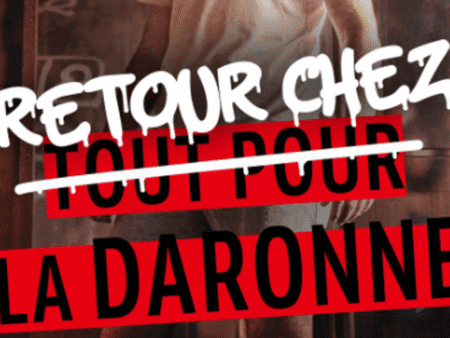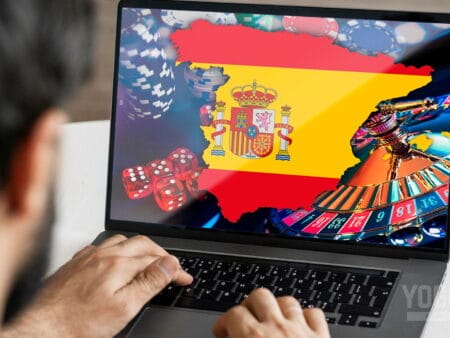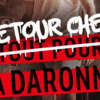Scratch Cards: Are They Addictive?
Are scratch cards a gateway to addiction? Research suggests the answer is yes, but it largely depends on the price of the ticket. A comprehensive study commissioned by the French National Gaming Authority (ANJ) and conducted by Canadian universities Concordia and Laval indicates that limiting the price of a scratch card to €5 helps minimize risky behavior. However, exceeding this price point can lead to significant losses and a daily urge to recoup those losses.
Key Findings on Scratch Card Prices and Excessive Gambling Risk:
- Tickets priced at €5 or €10 are linked to a sharp increase in risk: Up to 45.9% of players reach a high-risk level.
- Tickets ≤ €2 are perceived as harmless, but repeated use is not without danger: 30% of players in this range exhibit a moderate or higher risk.
- The symbolic shift from coins to bills triggers a stronger psychological commitment, often tied to the hope of a “life-changing” win.
- The effect is even more pronounced among online players, where bets of €10 are associated with nearly one in two players being at high risk.
- The study advocates for targeting prevention measures on the €5 and €10 ranges, with tailored warnings and better regulation of playing frequency.
The “Bill Effect”: How Scratch Card Prices Impact Players
“€5 is a bill, while €3 is coins; with a bill, I feel like I’m really spending money,” says Laure, 34, a regular scratch card player.
Scratch cards priced at €3 or less are often seen as insignificant, a negligible expense. But when a €5 or, worse, a €10 bill is required, the act changes: it’s no longer a small pleasure, it’s a bet. This is a key finding from the Canadian study commissioned by the ANJ, which paints a detailed picture of gambling habits and analyzes the attractiveness and risks associated with scratch card games.
This is especially true when players try their luck with €10 Millionaire scratch cards, hoping to win €1,000,000, or when they bet €15 on a Mission Patrimoine ticket to try and win the €1,500,000 jackpot.
Higher Ticket Price, Higher Risk of Problem Gambling
Quantitative data confirms this feeling. The study reveals a “staircase effect”: the higher the price of the preferred ticket, the greater the proportion of scratch card players at moderate or high risk, both in stores and online. Among players in retail outlets, the high-risk level increases from 9% (≤ €2) to 29% (€3), 25% (€5), and then 46% (€10).
Online, the curve is even steeper: 12% of players at high risk on tickets ≤ €2, 34% on €3, 38% on €5, and a staggering 48% when the ticket reaches €10.
Unlike the “limited” access of retail outlets, particularly in terms of opening hours, it is possible to play online at any time, exposing players to excessive scratch card gambling.
The €5 Scratch Card: A “Mid-Range Bet” That Normalizes Commitment
“Visually, €5 is a bill; you feel the stakes more,” notes Christophe, 42.
For others, this price is the perfect “compromise”: not as “expensive” as a €10 ticket, but expensive enough to offer the allure of a €500,000 win. As a result, players engage more often and for longer periods; their average risk score quadruples between tickets ≤ €2 and those at €5.
€10 and Higher: The Red Zone
“The more you pay, the more you think you’re going to win,” explains Émilie, 27.
But the hope of a jackpot is accompanied by an aversion to loss:
“€10 is an hour of work; if I burn it, it hurts,” continues Émilie.
The study measures the absolute peak of risk here: nearly one in two players who prefer these tickets reach a high-risk level – a record across all categories.
However, the feeling of Émilie is the right one, the ranges of scratch cards at 10 € are also those which benefit from the greatest redistribution of winnings to the players (TRJ; Rate of Return to Players). However, most of these lots are concentrated around the “jackpot” winnings, and there are only a few of them on several million tickets sold.
The False Security of Small Scratch Cards
Conversely, micro-bets can mask the real expense:
“With a €1 or €2 ticket, you can take several, and that’s where the addiction starts.”
Accumulating five tickets at €2 can be more expensive than a single ticket at €10. The study reminds us that this “slot machine effect” blurs the perception of the budget.
Why Does This Price-Risk Link Exist?
The authors of this study indicate some avenues on the reality of this “price-risk” link and why it goes beyond the framework of the lucidity of players.
Firstly, it is a cognitive threshold: taking out a bill materializes the expense, triggers a feeling of stake and, in some, a stronger excitement.
Secondly, the promise of gain: expensive tickets display massive jackpots (€500,000 or more) – a marketing lever that attracts at-risk players.
Finally, the relationship between frequency of small wins VS potential jackpots: small prizes favor repetition; big prizes concentrate the hope of “changing lives”, which encourages betting all at once.
ANJ and Scientists Highlight Prevention Strategies for the Future
The French National Gaming Authority and the authors of this study report that prevention must be increased around scratch card games with “high stakes,” including special warning messages and betting limits on certain game ranges.
Between players who want to win the jackpot, gambling operators who have an interest in selling expensive tickets, and the regulator who wants to reduce the number of problem gamblers, juggling between the different stakeholders promises to be delicate and the debates still heated in the years to come.
Here are the prevention strategies desired by the ANJ after reading this study:
- Targeted warning messages on €5 and €10 tickets: remind players of the percentage of at-risk players in this range.
- Betting limits online for tickets ≥ €10.
- Budget tracking tools: cumulative expense counter, even for bets of €1 or €2.
- Public awareness campaigns explaining that “betting more does not increase the probability of winning.”
Ideas that defend themselves, especially for some players who tend to trivialize some of their bets.
“If we lose, we lose more, simply… but if we win? We win much more,” relativizes David, 40.
The study demonstrates that the price of the ticket is not just a practical detail: it is a predictive indicator of the risk of excessive gambling. Taking out a bill – especially a €10 one – is equivalent for many to crossing a red line. Operators and public authorities now have clear figures to target their prevention actions… before the bill burns too many fingers.
Stay ahead of the game in the licensed betting world – get the latest insights at LicensedBettingSites.com.















